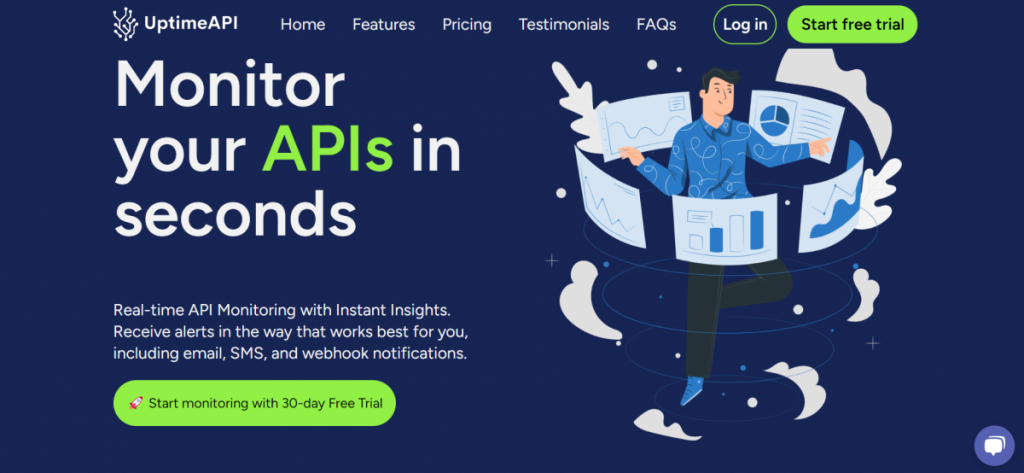In the era of cloud-based APIs, the ability to make data-driven decisions has become paramount for organizations looking to thrive in the digital landscape. Cloud APIs are integral to modern applications, enabling seamless interactions between services and users. In this article, we will explore the pivotal role of cloud API monitoring in facilitating data-driven decision-making, the challenges posed by the complexity of cloud ecosystems, and how organizations can leverage cloud API monitoring to ensure optimal performance and reliability.
The Role of Cloud API Monitoring
As organizations increasingly migrate to the cloud, the complexity of cloud-based APIs has grown exponentially. Cloud ecosystems now comprise a multitude of interconnected microservices and third-party integrations. This complexity introduces challenges in ensuring the reliability and performance of cloud APIs.
Real-time insights are crucial in this dynamic environment. Organizations need to identify issues as they emerge to prevent disruptions and maintain optimal user experiences. Cloud API monitoring provides the necessary visibility and control to address these challenges effectively.
Real-World Examples
Let’s examine two real-world examples that illustrate the impact of cloud API monitoring on data-driven decision-making:
Case Study 1: E-commerce Platform
An e-commerce platform implemented cloud API monitoring to optimize checkout processes in real time. By identifying and addressing latency issues promptly, the platform significantly improved conversion rates and revenue.
Case Study 2: Streaming Service
A streaming service harnessed historical performance data to predict peak usage times. Proactive infrastructure scaling ensured uninterrupted streaming experiences during high-demand periods, enhancing user satisfaction.
Use Uptime API To Make Data Driven Decisions!
Uptime API is a powerful uptime monitoring tool that can help you make data-driven decisions about your website or API. It provides detailed insights into your uptime, response times, and errors, so you can identify and fix problems quickly. It monitors your website or API 24/7 and provides real-time uptime data. You can view this data on the Uptime API dashboard or receive alerts when your uptime drops below a certain threshold.
Uptime API provides detailed insights into your response times and errors. This information can help you identify and fix problems quickly before they impact your users. Also, it provides historical data on your uptime, response times, and errors. You can use this data to identify trends and make informed decisions about your website or API.
Let’s look at an Uptime API success story. You can find more reviews of the tool on the website:
A website owner uses Uptime API to identify a page on their website that has high response times. They investigated the cause and found that the page was loading too many images. They optimize the images and reduce the number of images on the page. As a result, the response times for the page improved significantly.
Watch this video:
Uptime API is a powerful tool that can help you make data-driven decisions about your website or API. With this tool, you can identify and fix problems quickly, and make informed decisions about your website or API. Try Uptime API today and see how it can help you make data-driven decisions about your website or API.
Read this post: Measure API Response Time With This Tool



